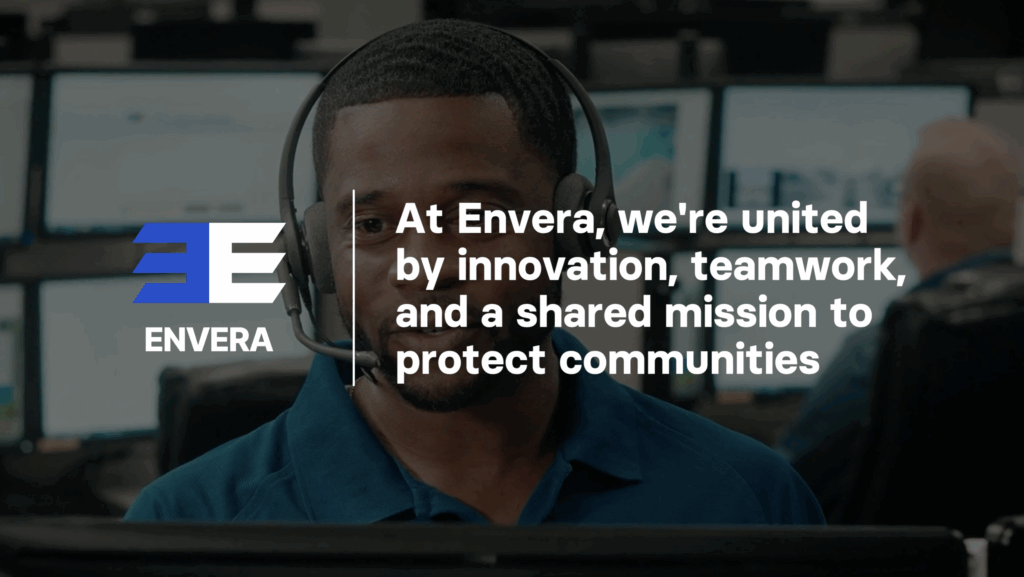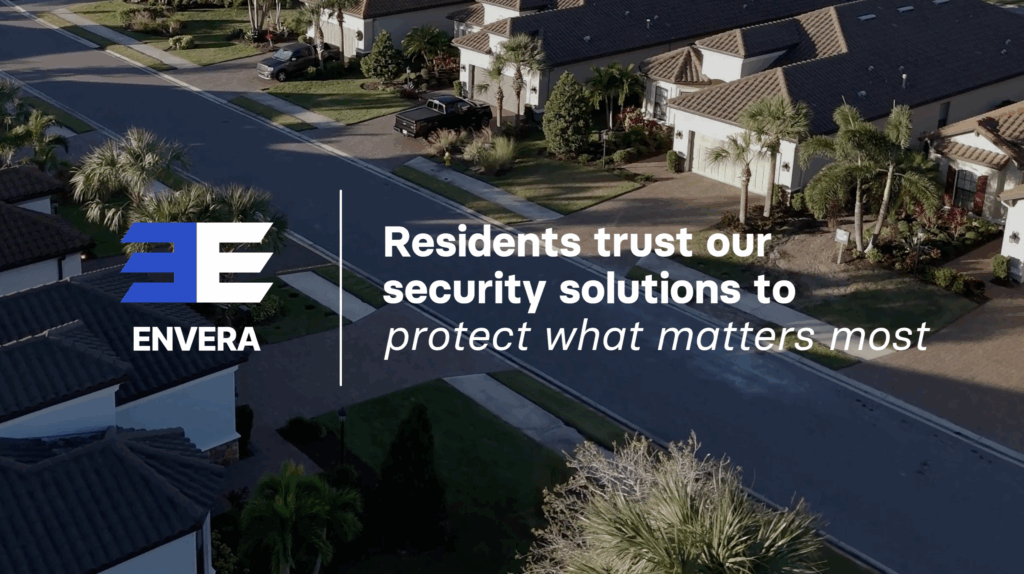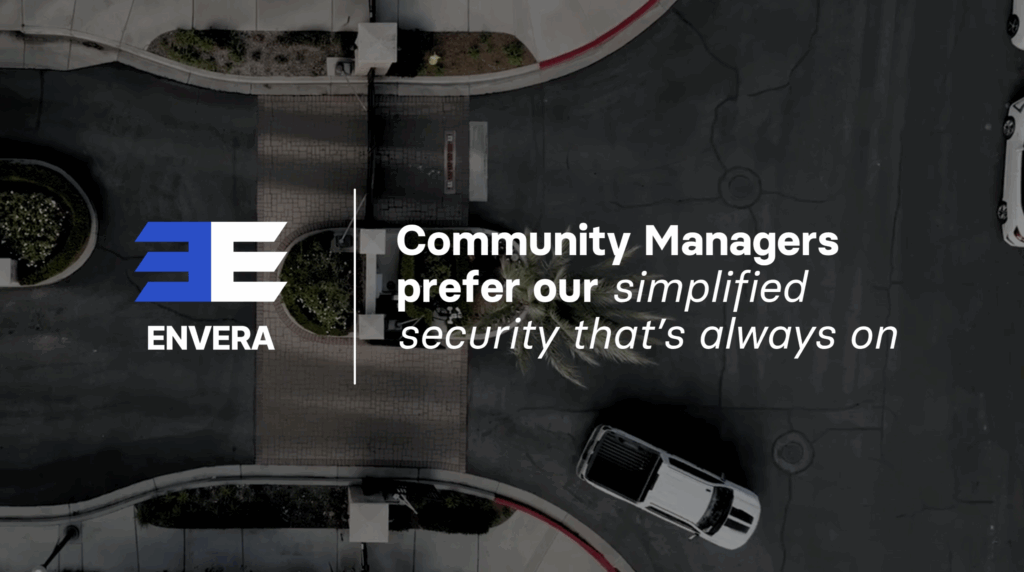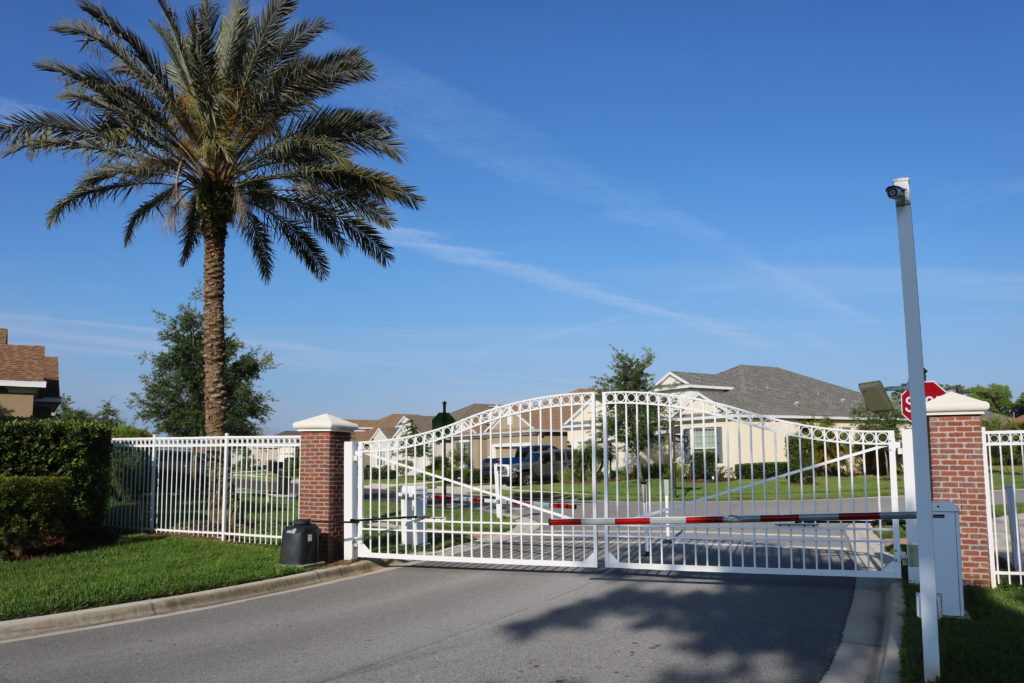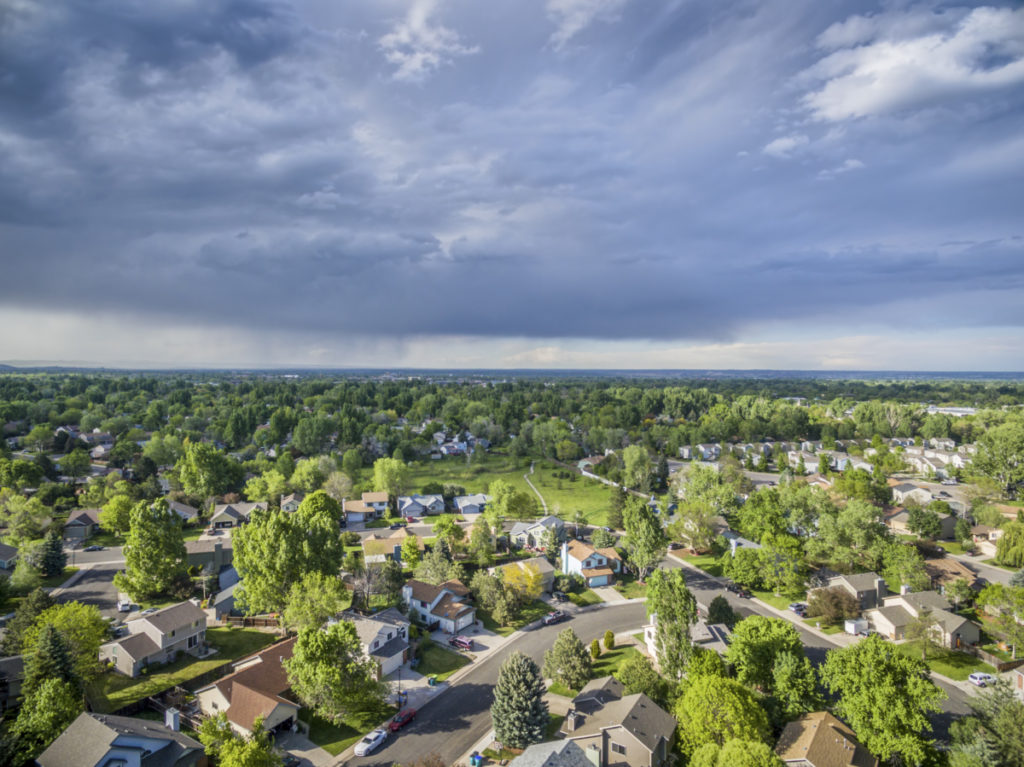Camera Surveillance: How long does video record for?
One of the most prevalent forms of security is camera surveillance, or recording certain areas of properties. It is a common and relatively simple measure to see what happened when someone wasn’t looking. That is, if it is done properly. While determining the system to use or the security consultation firm for installation, a common question comes to mind. How long does the video record for?
Let’s start by addressing that although this is a common question, it is not the question that should be asked initially. Rather than asking how long will camera surveillance record, one should be asking, how long does it need to record? Every property is different, and the first thing that needs to be determined is how long it would take before anyone knew an incident had occurred. Once that is concluded, there are a few things to know about cameras and software to decide the system that will fit best.

First, it depends on the number of cameras that are being installed. The larger the area, the more cameras that are needed. However, it should be noted that it’s more important that the cameras are installed properly and at the right angles. Doing this means that fewer cameras may be necessary in the right design.
Then the amount of activity should be determined for the location that needs to be monitored. The more activity in the area, the more camera surveillance monitoring that is needed. For instance, if a community has a fitness center that is open 24 hours a day, then that area has continuous activity. While the overnight hours may be slower, people will be coming and going more often than a clubhouse that is closed overnight.
However, even though an area is closed, doesn’t mean there isn’t activity. This is especially common at pools. The important thing to realize for this situation is that the resolution of a camera is essential for outdoor areas, particularly at night. Resolution means the amount of detail that can be captured. For that, there are a couple of options.
The latest technology for megapixel cameras is internet protocol, or IP, cameras with very high resolution. The “lux” of the camera refers to the amount of light needed to give a good picture. The lower the lux, the lower the light that the camera requires. Day and night cameras are another option in areas that have a dim but constant source of light. Infrared cameras are a third choice for low-light conditions. They will give a color picture during the day, then switch to infrared mode as it gets darker.
Next, the cameras a property needs depends on the pictures per second captured by the camera and how those pictures are compressed. Today, most use the video compression format H.264. This was developed for high definition systems, as well as low resolution devices. The technique reduces the size of video files without eliminating the quality.
Finally, the length of time that video can be recorded depends on the size of the hard drive hard drive in the network video recorder, or NVR. The size of the hard drive needed depends on the number of cameras, the amount of activity, the resolution, the frame rate and the compression that will be recording.
The initial question may seem easy, but to receive all of the results that are expected of camera surveillance requires addressing multiple steps and a few complex questions. Ultimately, a security consultation firm should be able to design the system that a property needs. When it is done correctly, a camera surveillance system can address this series of options and make sure that video is recording for the appropriate amount of time in the right places.
You can read the complete issue and original article here: FLCAJ – February
You can also download the article here.

